Disclosure: I earn a commission if you make a purchase through my links at no additional cost to you! I would never recommend anything I don’t personally use, and the income goes to keeping this site updated and free for everyone!
In 2019, Forbes named me one of the Top 10 Travel Influencers; however, my journey was not an overnight success. I started my travel blog, The Blonde Abroad, in 2012, and after a lot of hard work and countless miles traveled, I now run one of the top female travel blogs in the world, bring in over seven figures annually, and have a team of six amazing women.
If you want to find out how to create a travel blog that can grow into a business, full-time career, or simply a creative outlet that connects with like-minded people, the strategies in the post will help you kick-start your journey.
Whether you’ve got an established blog that you want to attract a larger audience or are just starting out from the very beginning, these are my essential blogging tips
Let’s dive into my ultimate guide on how to start a successful travel blog!
- Establish Your Audience (Not a Niche)
- Get Your Travel Blog Up and Running
- A Travel Blog Name
- Set Up Your Domain + Hosting
- Setting up Your Blog on WordPress
- Connecting Your Google Analytics
- Customizing Your Site
- Branding + WordPress Themes
- Logo + Design
- User Experience
- Essential Plugins for Travel Blogs
- Start Creating Content
- Set Up Your Main Pages
- Learn SEO Basics
- Create a Content Schedule
- Create Beautiful Images + Graphics
- Join My Blogging Course
- Bonus Step!
![]()
Step 1: Establish Your Audience (Not a Niche)
Before starting a successful travel blog, you must determine if there is an audience for it. The biggest question you may have on your mind is “Who will read my travel blog?”.
Some people start blogging for fun, and it slowly evolves into a business—and that’s awesome! But, if you’re trying to build a travel blog from the ground up with the potential to turn it into a business, you need to create a plan before you get started.
- First Things First, determine what you will write about. Not just “travel.” Dig deeper. There is a strategy for well-rounded content. For me, it’s a balance of travel guides, destination-based content, photography tips, and fashion & lifestyle posts. I also sprinkle in bits of my personality with my love for Harry Potter, In N Out, and scuba diving.
- Next, determine who is your target audience. For me, it’s 20 to 30-something women with a passion for travel and unique experiences. While my audience will undoubtedly deviate from this (I want everyone, including men, also to read my blog!), it’s essential to keep my target audience in mind at all times so that I create content they will love.
- Then, research if there is already someone writing about the same thing (niche, topic, etc.). If so, ask yourself how you can do it differently or better. There are a lot of travel blogs out there, and you need to distinguish yourself.
When you’re creating a travel blog, it’s essential to think of your audience every step of the way. Write for yourself, but don’t forget to write for your audience. If you have this figured out from the beginning, you’ll be able to create quality content from day one.
I balance my writing with helpful guides (like this one) and travel tips for my audience, with photography-driven content and personal writing for myself. I like to think I distinguish myself by putting quality content first. That includes professional graphic design and epic photography, something my audience has and always can expect from me.
Before heading onto Step 2, check out the following post:
How to Make Your Blog Stand Out from the Crowd
The real question is how do you make your blog stand out from the crowd? I'm dishing up all the goods I wish I had known when I began blogging!
Read More!
Step 2: Get Your Travel Blog Up and Running
Now I’ll walk you through the step-by-step process of starting a travel blog.
1. Come Up with a Name
Think about names that can grow with you. If you name your travel blog “A Month in India,” it might not be relevant in a year. Remember that your name is part of your brand, and you’ll likely stick with it for the lifetime of your blog. Aim for something that isn’t limiting and is memorable.
After you’ve narrowed it down, trust your gut and choose one.
Quick Tips for Picking a Memorable Name:
- Make it Unique: There are countless travel blogs already using commonly used travel words like “Adventurous” “Wanderlust” or “Wandering.” Think outside of the box! Ask friends for help if you get stuck!
- Keep it Easy to Remember: Having a long name that you constantly have to spell out, and that readers could misspell is branding suicide. Avoid at all costs!
- Avoid Confusing Words and Punctuation: Hyphens and anything other than .com can be confusing!
- Synergy: Avoid having different names for your website and social accounts. If an account for the name you like isn’t available on a single platform, consider modifying everything to match. You want to be easy to search!
- Think About the Future: Do you always want to share tips on budget travel? Or European adventures? If I decided to change my hair color, things could have gone a little off-brand ;). Don’t pigeonhole yourself into a niche brand if you anticipate your content might grow with you as a traveler.
Once you have a list of possible names, check to see if the domain is available (that’s the URL of your website) and that it’s available across social platforms.
I love to challenge my advice, so also consider that picking a very niche brand could also be strategic for SEO purposes. “A Month in India” could grow into a successful blog, faster, if the content is solely focused on India. Understand the personal connection to your blog and if you’d want your content to reflect your personal journey, or if you’d be ok with it remaining a niche brand that you operate as a resource.
Despite how important a name seems, I also think it’s not that big of a deal. Your voice is more powerful than your name. Branding has so many layers; the name is only the first layer, so it is not necessarily the end of the world if you don’t pick the perfect one. The biggest mistake you can make is holding off on starting a blog because you can’t pick a name.
Just. Start.
If you’re stuck on finding a name, consider using your real name! Don’t forget that YOU are a personal brand.
20 Things I Wish I Knew Before I Started a Blog
No matter what niche you're focusing on, many of the blogging fundamentals are the same. I'm sharing my insight of almost ten years of blogging.
Read More!2. Set Up Your Domain and Hosting
Know the difference between your domain and hosting!
If this is your first website, there are probably a few terms you aren’t familiar with that you’ll need to learn. You’ll want to know the difference between a domain and hosting. Sometimes, they are sold as a pair, but they are very different.
- A domain is the URL of your website. For example, my domain is TheBlondeAbroad.com. To claim your website, you’ll need to pay an annual fee for your domain.
- When it comes to web hosting, we are talking about renting space on the internet where your website will live. Of course, you’ll need both.
I’m a fan of Bluehost. It is a reliable and user-friendly web host with customer service there to help. They also toss in a free domain name registration when you sign up for hosting, so it’s a win-win. If you haven’t started setting up your site, they also have a painless step-by-step registration that walks you through the process.
EXCLUSIVE INTRO OFFER: When you sign up for Bluehost through my blog, you’ll pay just $2.99/month rather than $6.99!
Now, I’ll guide you through the process! Head to Bluehost and click the green button that says “Get Started Now.”
If this is a brand-new blog, I recommend the cheapest plan that starts at $1.99 per month. Until you start getting a significant amount of people visiting your blog, the basic plan works perfectly fine. You can upgrade when you start getting more traffic!
Hit SELECT on the Basic Plan, and you’ll be sent to the next page:
If you want to search to see if a domain is available, type it into the box on the LEFT.
If you’ve already bought a domain, type your domain name into the box on the RIGHT and click next. Be sure to check the name multiple times for spelling errors! You don’t want to register the wrong domain accidentally as you can’t change it.
On the next screen, you’ll choose your package information. You don’t need the bells and whistles, so be sure to unclick those extra boxes.
I recommend starting with the Basic 36-month Plan. It works out to be $2.99 per month, rather than $3.95 a month, saving you around $35 in the long run whilst protecting you from price increases.
Don’t worry—one of the best things about blogging is that there aren’t a ton of costs to getting your website set up! This is the biggest expense of setting up a blog (when you first start!), and it’s pretty reasonable.
You’ve now set up your hosting and domain! Pretty easy, right? Now, let’s get that website up!

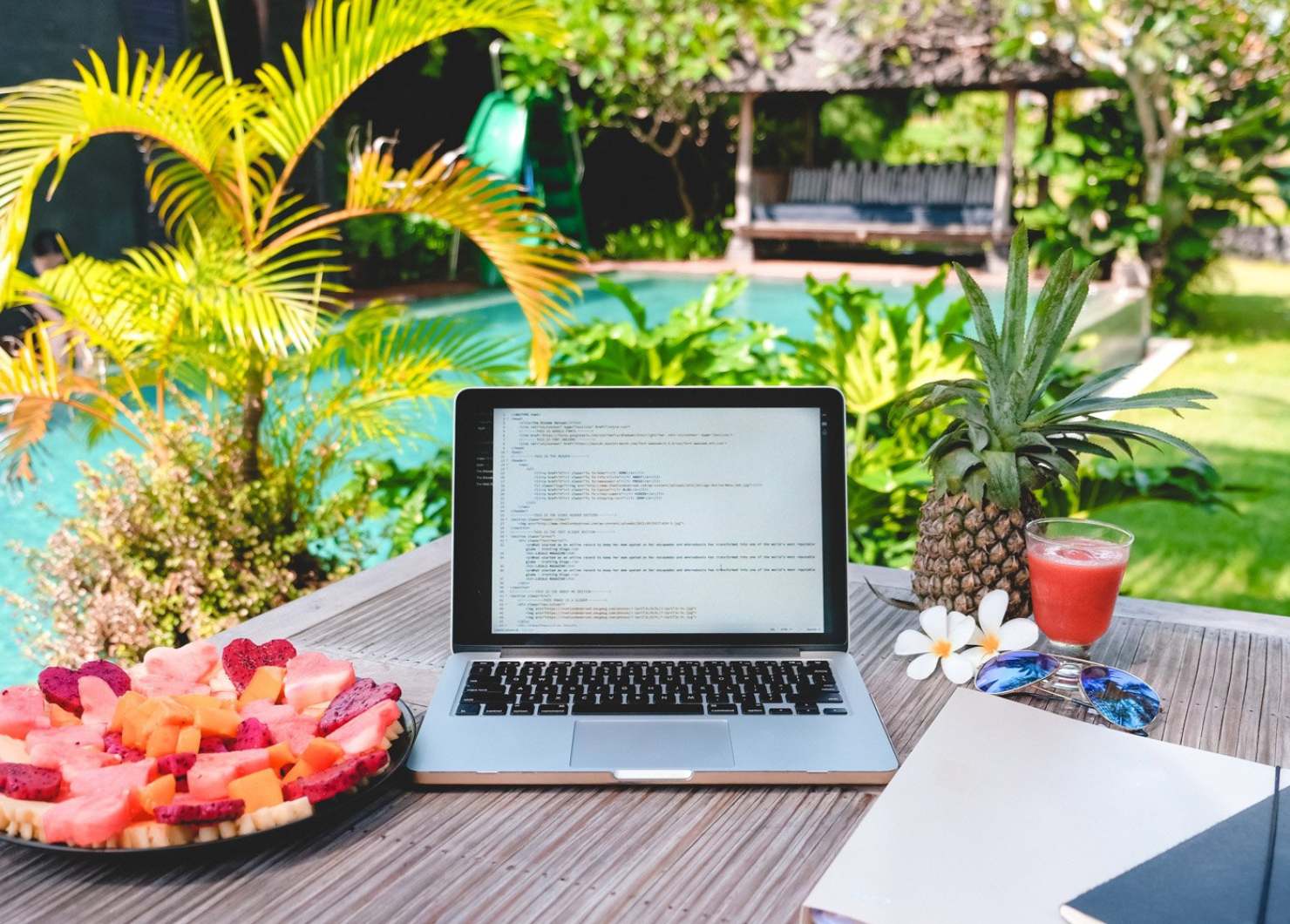
3. Set Up Your Blog on WordPress
Now that you’ve got your domain and hosting set up, it’s time to get your blog running.
WordPress.org is one of the most popular blogging platforms, and it’s what I use and recommend— just be sure it’s WordPress.org instead of WordPress.com because you’ll want to self-host and WordPress.com doesn’t allow that.
In general, WordPress is an excellent platform for beginners, and it also has tons of plugins and designs, so it is something that can grow with you and your audience. There is a bit of a learning curve, but it’s easy to find help and tips online, and there’s SO much you can do with this platform.
I would not recommend another platform like Wix or Squarespace.
While they’re easy to quickly set up, you end up paying a fee, and you’re very limited with design flexibility. WordPress is free forever and has countless themes and plugins for customization!
I’ve known quite a few bloggers who started on one of these other platforms, and when they inevitably switched to WordPress, they had to painstakingly convert their website over. It’s not easy. And it’s not cheap to hire a professional to do it for you. So, I’d recommend starting with WordPress from the beginning.
Now, let’s set up WordPress!
Once you’ve signed up for hosting on Bluehost, you’ll be asked to choose your password for WordPress:
You’ll then be asked to log in and pick a theme. Don’t worry too much about which one to pick — I’ll walk you through setting up a custom theme later. Think of this theme as a placeholder, and we’ll upload a better one later.
After you’ve chosen a theme, click START BUILDING. Now, let’s build!
Next, you’ll be asked whether your website is business or personal. Go ahead and choose business ;). You go, Glen Coco.
Fill in your website’s name and description in the boxes on the next screen. Again, don’t worry too much about the description. You’ll want to update it later once you’ve had a chance to brush up on SEO strategy and your site’s meta description (don’t worry if that’s over your head— I’ll explain later!)
Other Blog Set-Up Notes:
- Choose “A Static Welcome Page Here.” Whatever custom theme you choose later will determine the look of your site, but a static welcome page is what my home page would be considered and more easily customized.
- Hit “not now” on the next screen. You don’t want the entire internet knowing your address.
- Click “not now” when it comes to installing WooCommerce. WooCommerce is a WordPress platform that allows you to sell products (both digital and physical) on your website. You can skip this for now and add WooCommerce later when and if you’re ready to start selling.
And that’s it! You’re officially a travel blogger!
To log into your site moving forward, type http://yourdomainname.com/wp-admin into your browser, and you’ll see this screen:
Type in your username and password, and you’ll be logged into your WordPress dashboard.
On the left-hand side column of your dashboard, you’ll see:
- Posts—this is where you’ll draft and publish your blog posts
- Pages—this where you’ll find and build static pages on your site, like an About Me or Contact Page
- Comments—this is where you’ll approve, spam, or reply to comments on your blog posts
- Appearance—this where you’ll alter the appearance of your blog, from installing a new theme to adding graphics, changing fonts, editing your sidebars, etc.
- Plugins—this is for installing and updating plugins (additional features) for your blog
- Settings—here you can alter your site settings, tagline, etc.
To get familiar with WordPress, you can find a tutorial for just about anything on WordPress for Beginners.
4. Connect Your Blog to Google Analytics
Google Analytics gives you an in-depth look at your traffic and more information about your readers. You’ll be able to see incredible details about your traffic, including how many people visit your site, how long they spend on your site, where they’re from, their age range, etc.
The Google Analytics website gives step-by-step instructions on how to get started! The Monster Insights Google Analytics is also an easy-to-use tool for getting it installed on your site.
10 Skillshare Courses Perfect for Bloggers
With over 22,000 classes through Skillshare, it’s understandable that you may not know where to start. I've listed my top Skillshare blogging courses below.
Read More!![]()
Step 3: Customize Your Site
Now that the blog is up and running let’s make it pretty!
1. Branding + WordPress Themes
The most exciting part, in my opinion, is picking out your website theme! A WordPress theme includes page layouts, colors, formatting, and even fonts. Keep in mind that some themes use “shortcode” and that switching themes after you’ve built out a lot of content can break your site. While you CAN change your theme again down the road, it may require you to go through and update code throughout your site (also meaning, you might need professional help).
So, it’s important to consider your long-term branding before choosing your initial theme!
While I could go on for days and days about the importance of good branding, I’ll try to sum up some key points:
- Branding is more than just the colors of your website. Consider all of the layers of your brand—from the colors and fonts of your website to the way you deliver your message.
- What is the ethos of your brand? Are you “the girl next door” or do you “tell it like it is?” What do you want your audience to feel when they think of your blog? Try to pinpoint keywords like friendly, tastemaker, expert, funny, controversial, etc. A successful brand doesn’t mean that it’s for everyone. Sometimes breaking the mold is staying true to who you are AND what sets you apart. It’s not always about appealing to an audience of 1 million people.
- It’s good to have a general idea of look and feel you’re after when you first start. From there, it’s important to stay authentic, commit to the concept, and be consistent.
To help put your ideas on paper, build a Pinterest board and compile your favorite colors, fonts, and layouts!
Here’s my Blog Redesign inspo board
Now, let’s find the perfect theme:
You can find WordPress themes all over the web—from marketplaces to individual graphic designers.
- Creative Market has a ton of beautiful themes by designers, and you’re able to read reviews before purchasing.
- Envato (formerly Theme Forst) is one the largest, high-quality marketplaces of WordPress Themes that I’ve seen. I built my old website with the Avada theme (the #1 rated theme).
- Elegant Themes is also an excellent resource for creative and unique themes.
There are thousands to choose from and most range in price between $30-60. While there are free themes for WordPress, I’d highly recommend investing in a premium theme. It’s a small price to pay for an attractive site that will grow with you over the years.
You’ll want to make sure that whichever theme you pick is for WordPress, and that it’s mobile-responsive, has customer support, and offers a fast site speed.
Once you’ve bought a theme, it’s time to install it on your site.
Themes will usually include installation instructions, but these are likely the steps you’ll need to take:
- Downloaded the .zip file (don’t unzip the file)
- Log in to WordPress
- Click on Appearance > Themes > Upload
- Upload the .zip file you’ve just downloaded, then follow your theme instructions for customization!
2. Logo + Design
Some WordPress themes have a built-in “logo” meaning they can display your blog name in the header, and that might be fine when you’re first starting out. If you are interested in getting a customized logo or graphics for your blog, there are a few ways to go about it.
First, you can teach yourself the basics of Adobe Photoshop, and create a logo and graphics using your branding colors and fonts. However, this can be a time-consuming route. For complete beginners, I recommend Canva Pro — it’s a great resource for designing brand elements and graphics! They have thousands of templates, stock photos, and premade graphics for just about everything, and are very easy to customize.
Creative Market has lots of premade logo templates, fonts, patterns, and textures that you can incorporate into your website and branding elements — it’s heaven for stepping up your aesthetic!
Another option is hiring a freelance graphic designer to develop your logo and/or graphics, which is what I recommend if you have some budget for design. You can find great freelancers on Upwork and Fiverr (get 20% off your first order!), and you can just pay per job! Always be sure that your freelancer has good reviews and a portfolio that has designs that are in line with what you’re looking for.

3. User Experience
Take baby steps, and know that everything doesn’t need to be perfect in the beginning.
Once you have your theme installed, it’s important to make your website as user-friendly as possible. The way that someone navigates through your site is called “user experience.”
Check out your favorite websites, and see how they organize their information. Do they have drop-down menus, or feature their top content on their homepage? Take notes on what you prefer.
Take your time to create a clean and fresh-looking site that is easy to navigate, but don’t obsess over every detail. Create a general aesthetic, and you can fine-tune and change sections of your site as you create more content.
- Set Up Your Menu Bar: One of the most important things to set up first is your menu bar so that your readers can easily access information. In your Dashboard, click on Appearance > Menus to customize. It’s helpful to research a tutorial on customizing your menu because it can be confusing!
- Map Out the Layout of Your Homepage: I find it super helpful to draw the design of a homepage on paper with mock content boxes (that are available within the theme). Then, when everything makes sense, I build it.
Consider user experience when customizing your site design, then turn to plugins to step up the performance and further customization of your blog.
4. Essential Plugins for Travel Blogs
WordPress has easy-to-use plugins, like Yoast SEO, that will help you optimize your website and blog posts for Google Search, and others like Askimet, which manages spam comments. You’ll also find that no single WordPress theme does it all, so you might need to turn to plugins for customization with things like image sliders, social sharing icons, etc.
Here are my favorite plugins for WordPress:
Akismet Anti Spam: Websites get attacked with spammy comments every minute. Akismet catches and deletes them automatically, so you don’t even see them.
Yoast SEO: Yoast SEO makes it so easy to improve your blog post and page rankings in Google Search and is the go-to SEO plugin for WordPress. They also have tons of resources if you’re just learning about incorporating SEO throughout your blog. You can also verify your Pinterest account through the plugin.
Google Analytics: This is the industry standard analytics program, and provides you with SO much important information about your posts, pages, and audience.
Social Warfare: A great social sharing plugin.
BackWPup: Always, always back up your site!
Grammarly: While Grammarly isn’t a plugin, I HIGHLY recommend you get the Chrome Extension for it on your computer. Grammarly can save you from a lot of embarrassing typos—this extension will automatically highlight the mistakes and offer recommendations— it will proofread your blog drafts in WordPress, your emails, your social posts, etc. You can also upload docs to the website and use the proofreader that way. It’s a huge help!
While plugins are great, be selective with how many you download as it will slow down your site speed which can affect your blog post rankings on Google.
How to Run A Blog While Working Full-Time
If you think you're ready to start your own blog, here is what you need to know about how to run a blog and manage your time to when working full-time!
Read More!
Step 4: Start Creating Content
You’re almost done! Now it’s time to add content!
1. Set Up Your Main Pages
After you’ve uploaded your theme and plugins, you’ll want to set up your main pages in addition to the blog posts. To create a new page (or post), go to the left sidebar of your WordPress Dashboard and click Pages > Add New. (Or, for a blog post, Posts > Add New.)
The difference between a page and a post is that a page is a static piece of content that lives separately from the blog. A post appears in your blog feed and comes up with the search tool. At the end of the day, your “pages” are benchmark “higher level” pieces of content that are the framing of the website. Your blog posts are the articles that you share.
- About Me Page: One of the first things most users will click on is your About page. Make it’s easy for readers to learn more about you and make it clear what they will get on your site.
- Contact Page: Create a page so that people can reach out! Be sure to state what kind of emails you will or won’t respond to so people don’t send you spam.
As your site grows, you may find that you need to create additional pages to feature your top blog posts. My most visited pages are About, Start Here, and Destinations.
2. Learn the Basics of SEO
High-quality, consistent content that is within your niche is vital.
Before you start writing, get familiar with SEO (Search Engine Optimisation) and keyword research. Resist the urge to learn as you go. You’ll waste a ton of time later down the road optimizing posts that aren’t SEO-friendly (take it from my experience!). More importantly, you want people to be able to find your content on Google search.
Yoast’s Blog and Backlinko are great resources for learning the basics of SEO and implementing them on your travel blog from day one. (Thank me later.)
3. Create a Content Schedule
While you’re familiarizing yourself with SEO, establish a content schedule. Figure out a consistent schedule that works for you and stick to it. And by consistent, that could mean once a week or once a day depending on your goals and the amount of time it takes for you to create high-quality content.
In the past, I would post every day, Sunday to Thursday. Friday and Saturday tend to be lower-traffic days, so those are my “days off.”
To gain momentum, you do need to post as often as possible. Think of it this way– You want to give people a reason to come back, and when they do, you want there to be something new for them to read. Otherwise, they probably won’t come back.
The Best Apps for Bloggers to Stay Organized
Whether you are a total newbie or a full-time professional blogger, it’s all about getting and staying organized, and I use a lot of organizational apps. Here are the best apps for bloggers to stay organized!
Read More!4. Create “Pillars” of Content
This is part of my personal content strategy. When you first start, it’s best to stick to 2-3 categories that you can focus on and create lots of content for. Then, expand from there. For example, a category could be anything from a specific destination, to a region or a type of travel. You could start with Solo Travel, European Travel, and Fashion. Or maybe Blogging Tips, Female Travel, and Photography.
Build out three to five pieces of content for each of those categories before you branch out further. That way, if someone comes to your site for any of those interests, they have plenty to read.
5. Beautiful Images and Graphics
Everyone loves visuals, and that’s especially true for social media and Pinterest! Getting your travel content out on social media platforms is SO important when it comes to growing an audience and gaining organic readers (who will keep coming back to your site again and again).
The best way to do this is to use high-quality images and graphics for each blog post you share.
- Unsplash: For beautiful, high-res, royalty-free images
- Adobe Suite for Photographers: I use Adobe Photoshop and Lightroom Classic to design Pinterest pins, sidebar graphics, and edit my photos
- TBA Presets for Lightroom: I edit all of my images with my custom presets to create a consistent aesthetic on all of my photos
- Canva Pro: An awesome and free resource to create custom graphics
Photography
I love being able to share my passion for photography on my blog, on Instagram, and on the photography tours I lead in South Africa!
Read More!The Best Photography Equipment for Travel Blogging
Every day, I get questions about my photography equipment for travel blogging, so I've outlined my favorite travel photography gear!
Read More!Step 5: Join My Blogging Course!
Join the waitlist for my Blogging Masterclass coming soon!
If you’re looking for more in-depth advice, I have developed a very detailed and robust blogging course that uses my years of blogging expertise to help you start, grow, and monetize your website. It gives you an honest look at how I run this website and features detailed analytics, tricks, tips, and expert insight into what I do.
You’ll learn everything I know about creating a successful blog.
I will help you create engaging content, establish a lasting brand, master SEO, grow your social media following, and make money. I will give you the tools for success — and then show you how to use them! Launching very soon!
10 Skillshare Courses Perfect for Bloggers
With over 22,000 classes through Skillshare, it’s understandable that you may not know where to start. I've listed my top Skillshare blogging courses below.
Read More!
BONUS: Passion vs. Success in Blogging
Before you leave this page, I wanted to offer something that I feel a lot of “getting started guides” leave out—sage advice.
I started my blog twelve years ago and learned everything by trial and error until I figured out what worked. Back in 2012, there weren’t a lot of guides on blogging, and there wasn’t anyone who had “made it” to follow in their footsteps. Now, there are countless guides out there all claiming to be the stairway to heaven.
I don’t want to give you another step-by-step guide. I want to help you be successful.
Consider this “Bonus Step” an extra step because I care and I genuinely want you to succeed, and the only way to do that is to give you a healthy dose of realness. So, bear with me as I share some of the deep stuff before you dive deep into blogging.

I am so grateful for the incredible experiences that I get to have as a professional travel blogger.
While it’s easy to start a blog “physically,” it requires countless hours of (99% unpaid) work, creativity, and, above all, the determination to build and sustain a brand.
While travel blogging might seem like a permanent vacation, you typically aren’t seeing the insane amount of work that goes into writing, creating content, shooting photos, editing videos, and sharing to social media. If you want your travel blog to be successful, you have to start with pure intentions and the motivation to share your passion with others. Otherwise, you will burn out.
Ask any successful person what they love most about what they do. Then, ask them what they hate about it.
In one of my favorite books, Big Magic, Liz Gilbert describes “the part you don’t like about your career” as the ‘sh!t sandwich.’ Because at the end of the day, if you aren’t willing to eat the sh!t sandwich before dessert, you’re probably going down the wrong path.
The reason I bring this up is that a lot of people see successful travel bloggers and want to pursue the lifestyle, so they start a blog to attain it. But often, the work that’s involved in running a blog isn’t necessarily aligned with that person’s interests.
If you want to be a successful blogger, you need to love what you do. I wouldn’t normally say this about someone’s profession. But, with blogging and most entrepreneurial pursuits, I find it to be true. You don’t need to love to be a banker to get up and go to work in the morning. Maybe the salary justifies the pain. With blogging, you should probably enjoy most aspects of the workload so that you can get through the periods of burnout.
Otherwise, you go down the same path as any career that you resent.
Of course, we all love to travel. But ask yourself, “Am I passionate about photography, writing, being active on social media, and being in constant communication with my community?”
While it may not seem like it, I don’t love recording my daily life. Answering emails and posting daily to Instagram stories are two of my biggest hurdles—and responding to hundreds of questions becomes a big ol’ sh!t sandwich that I’ve been nibbling on for the past ten-plus years. I love my community, but spending hours of my day (every day) answering comments on social media and emails (especially when I’m on the road) can be overwhelming.
The reality of turning travel into your job is that you often are working more than you are traveling—even if you’re in an exotic destination.
However, my passion for traveling, connecting with other female travelers, helping people travel better, shooting & editing photos, and writing would still be here regardless of having a big audience or not. That passion outweighs the things I don’t love about what I do, which is how I’ve stuck through it all these years.
If you’re willing to eat that sandwich, then dive in head first!
Disclosure: Please note that some of the links above (like Bluehost, Envato, Elegant Themes, Creative Market, and Adobe Creative Cloud, for example) are affiliate links, and at no additional cost to you, I earn a commission if you make a purchase. I would never recommend anything I don’t personally love, and the income goes to keeping this site updated and free for everyone!
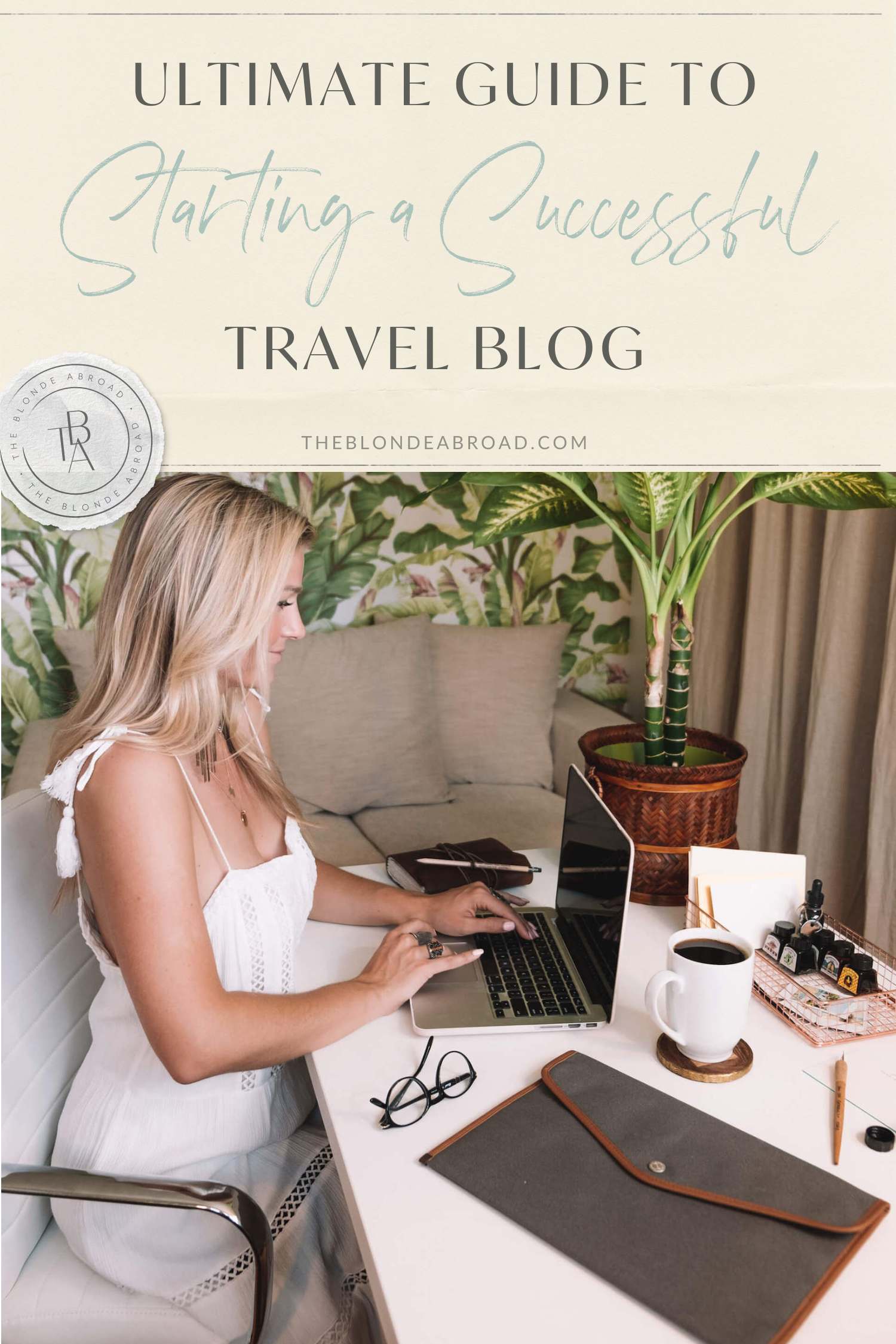




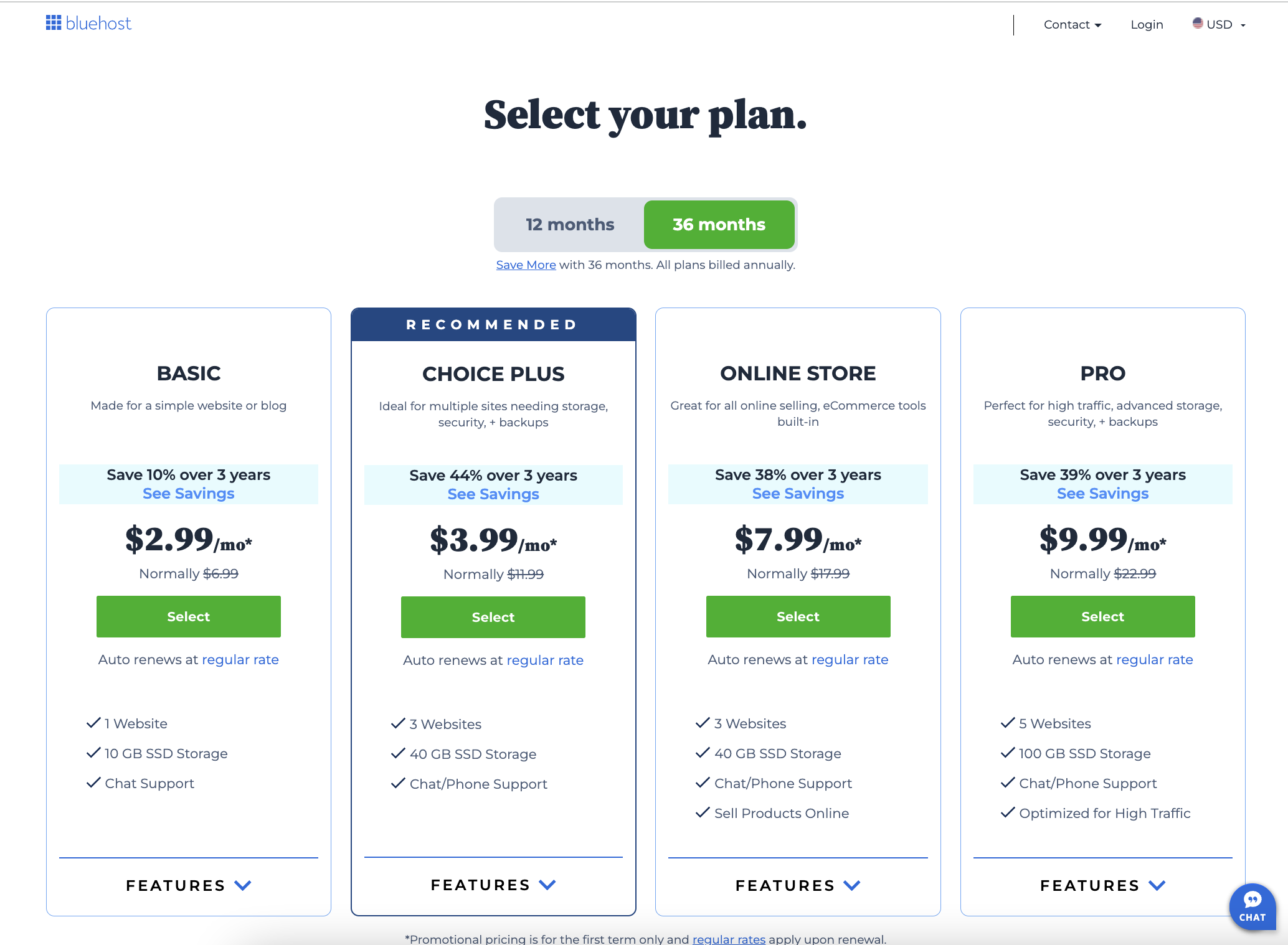
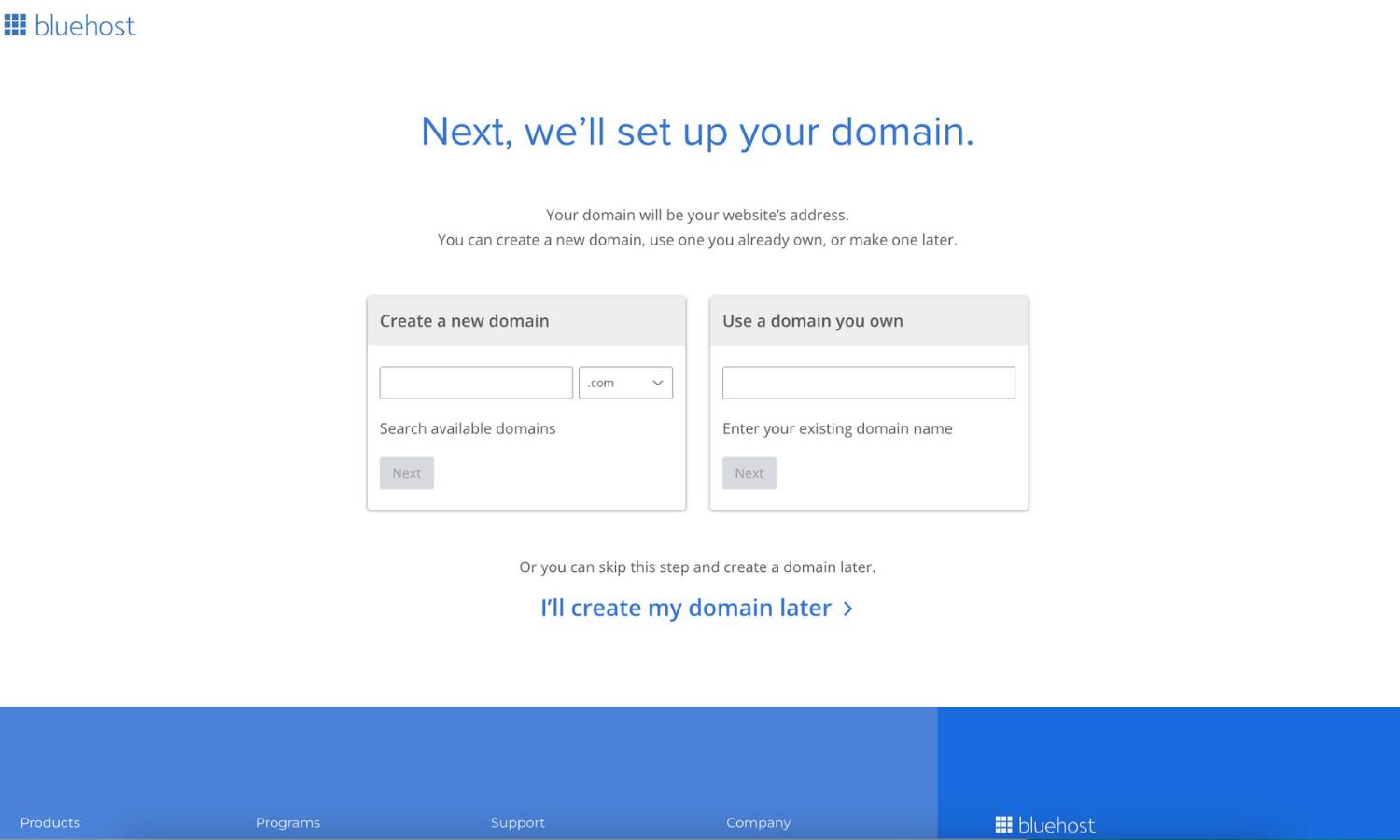
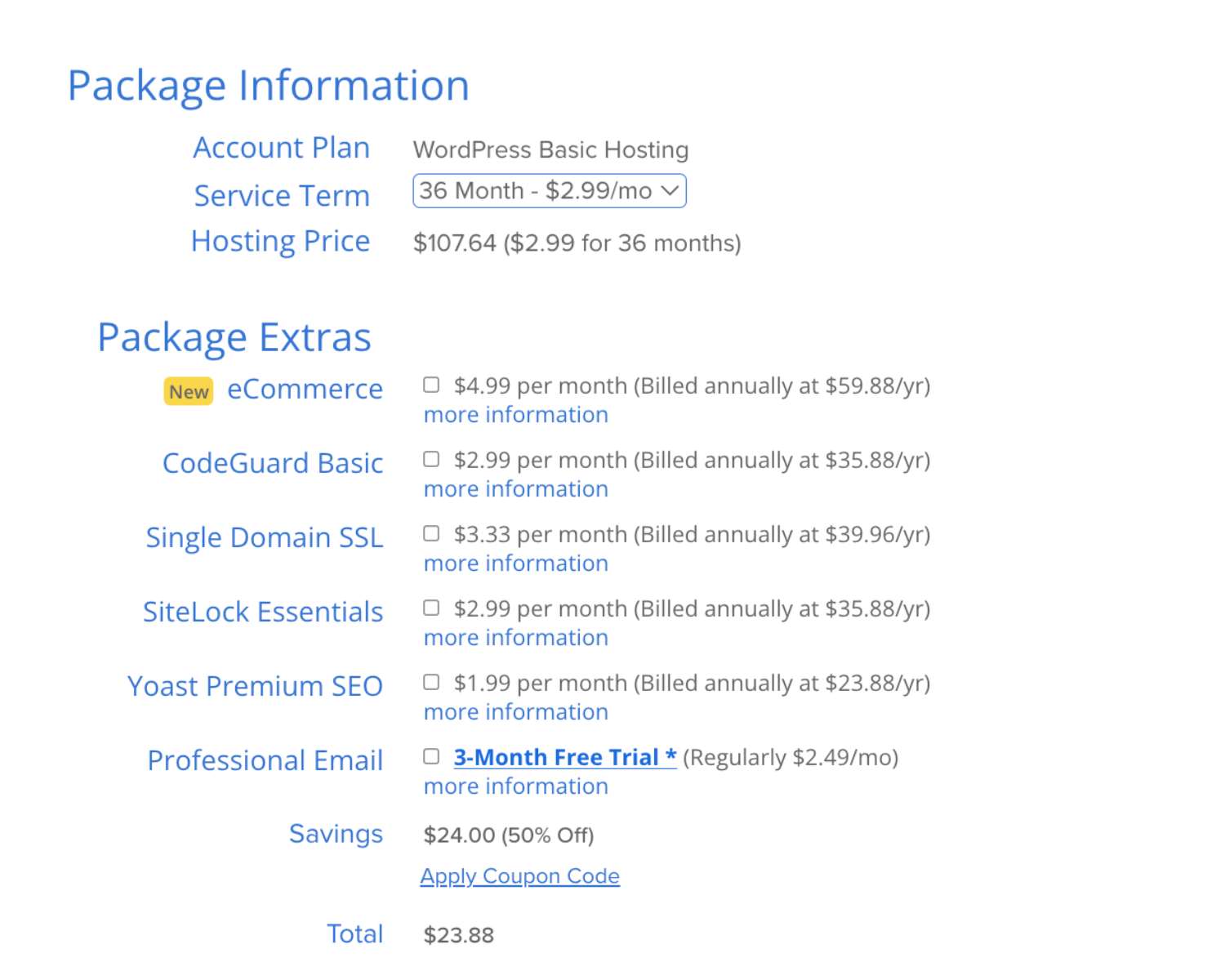

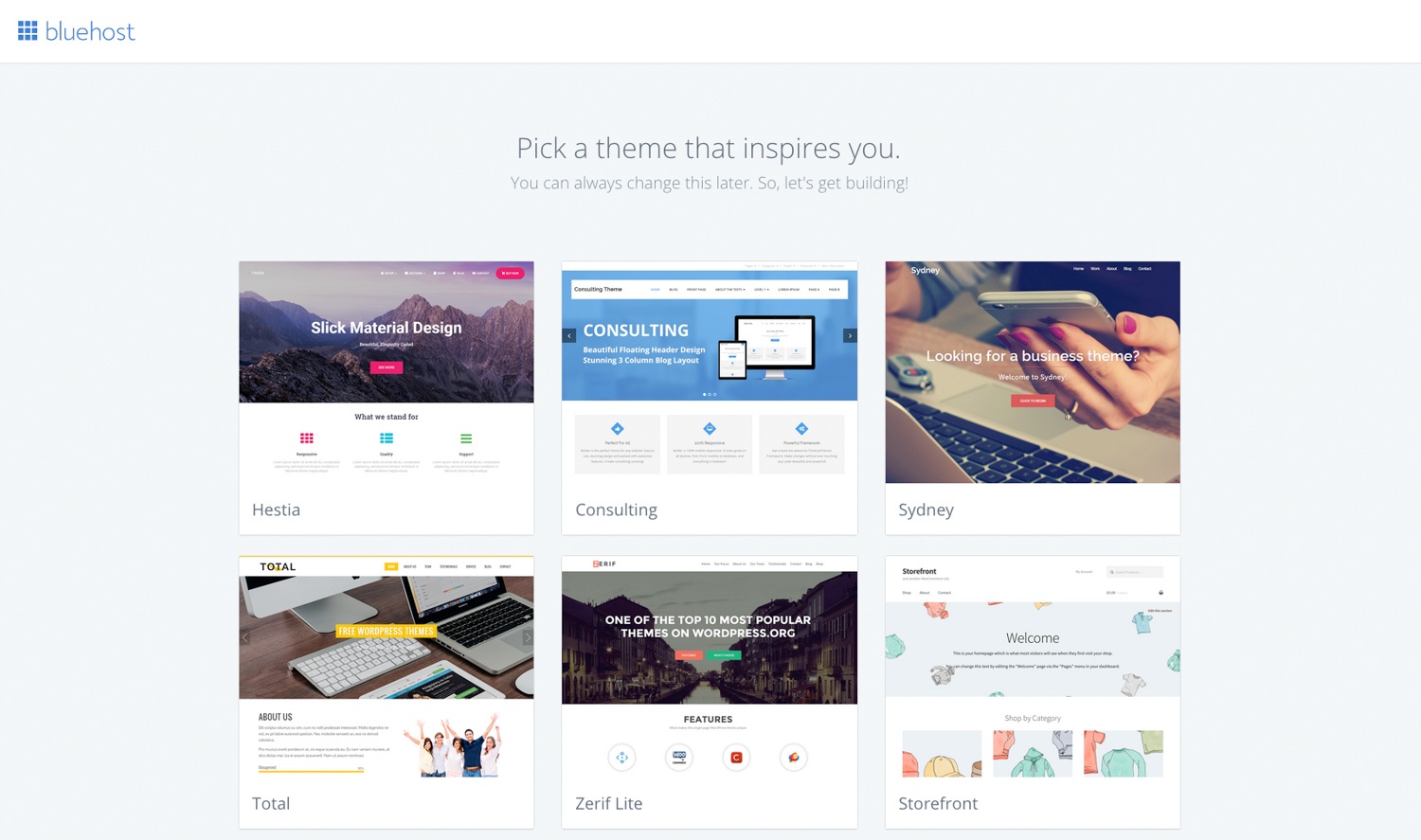
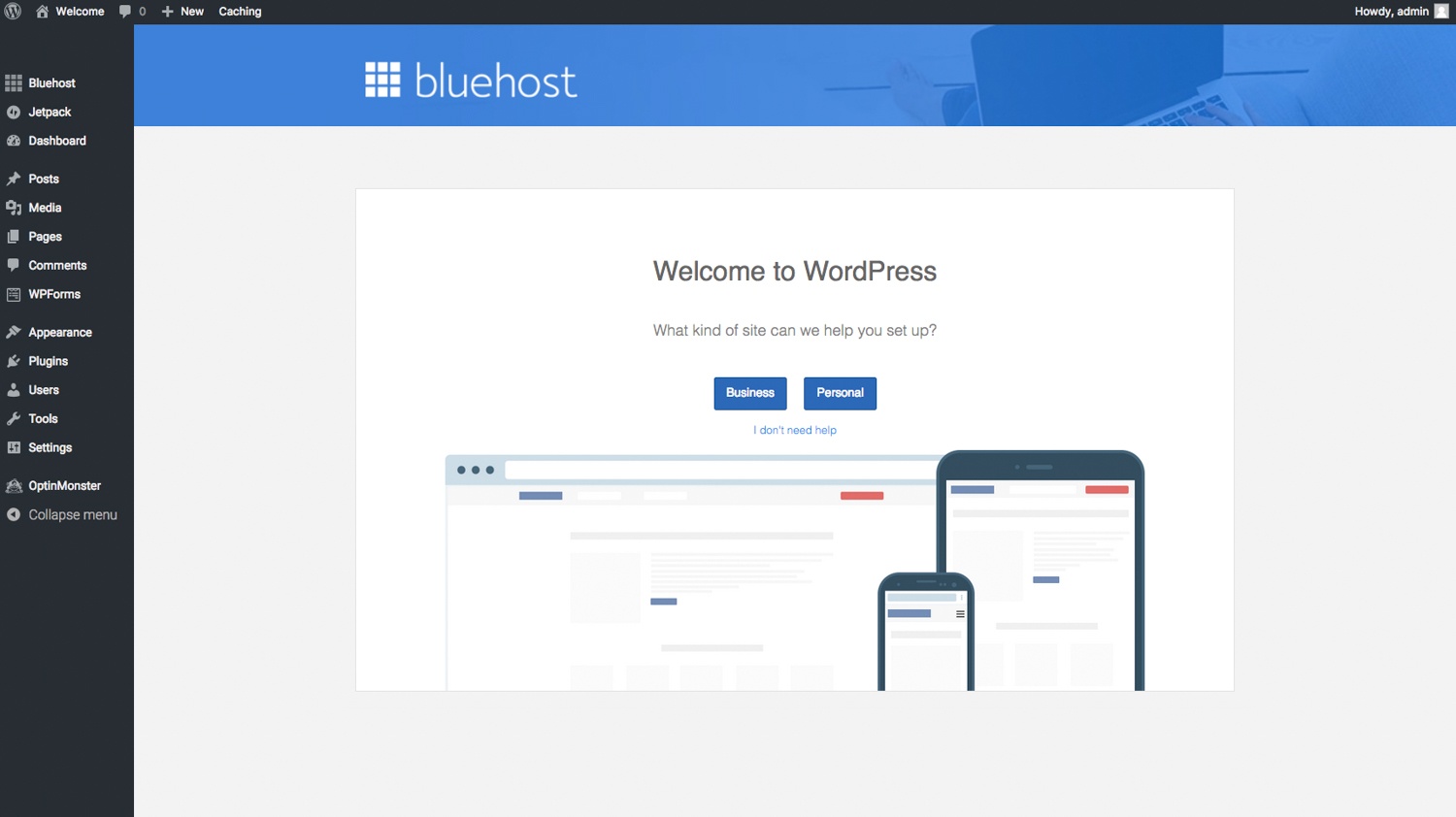
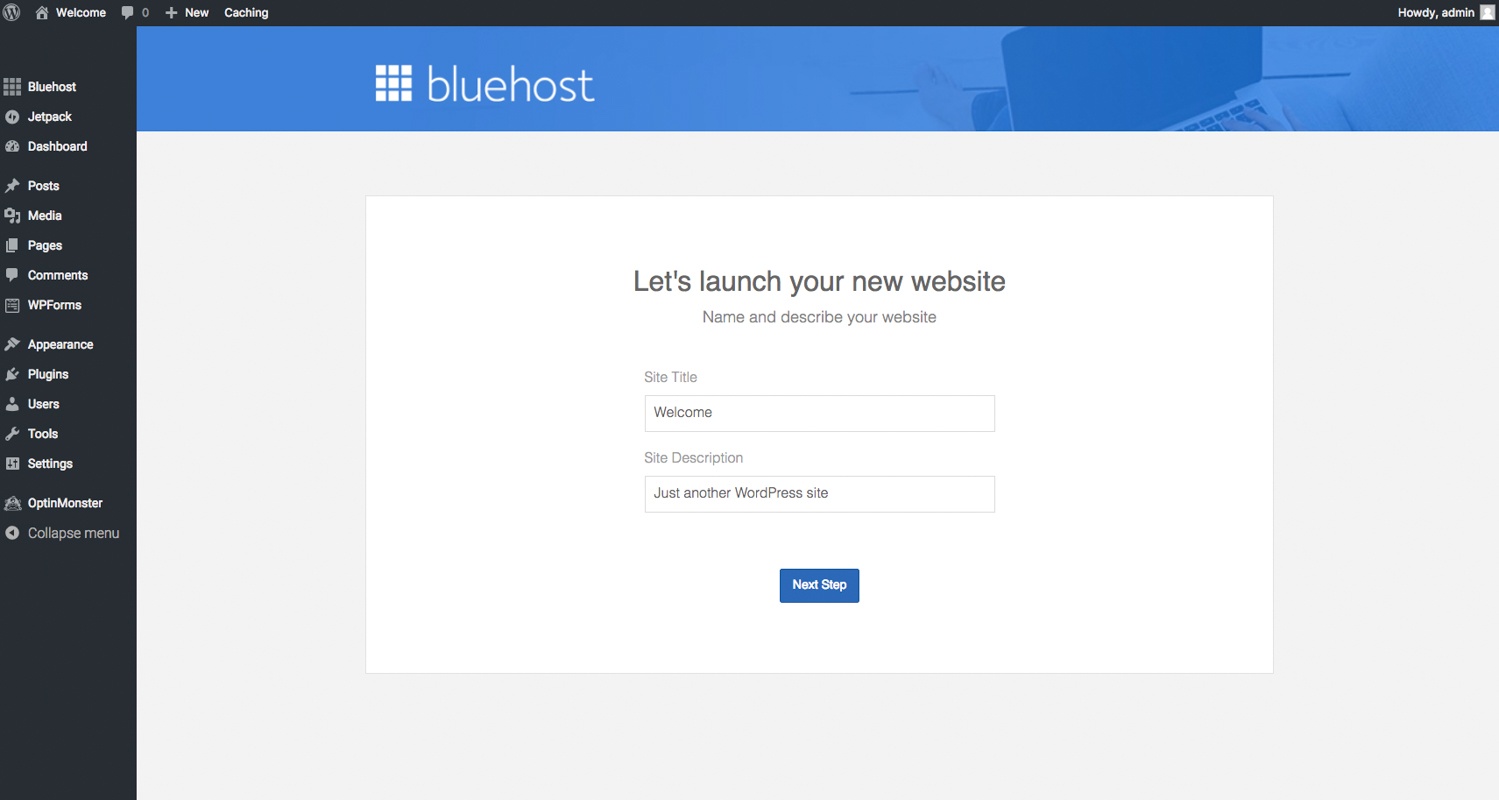
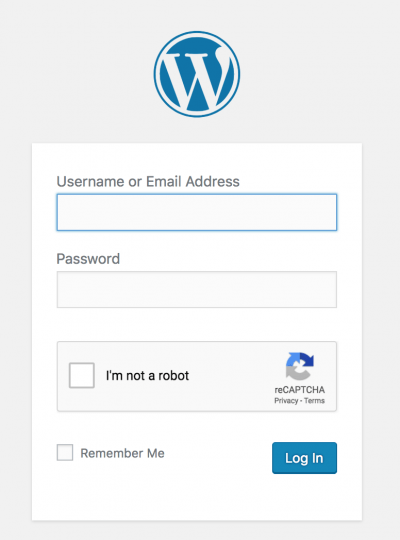
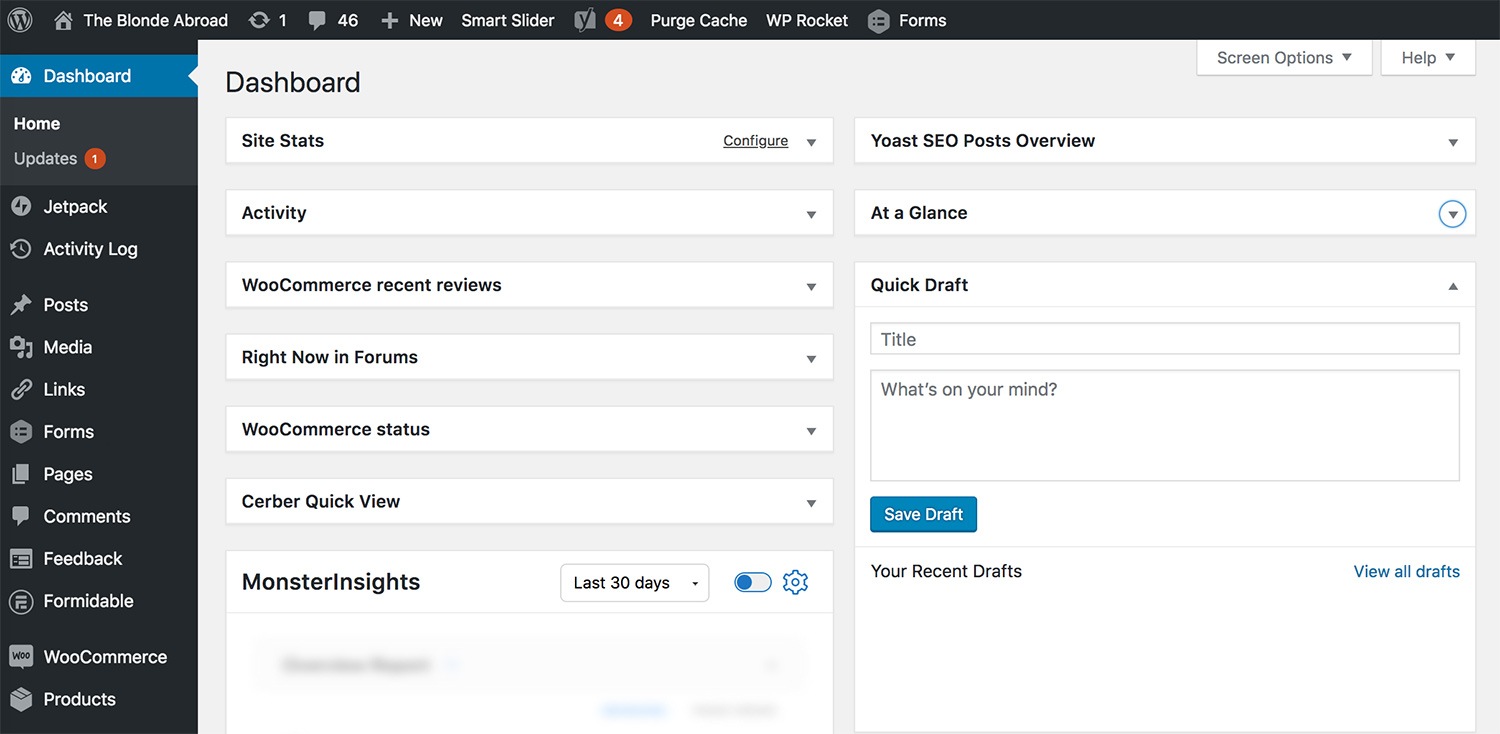


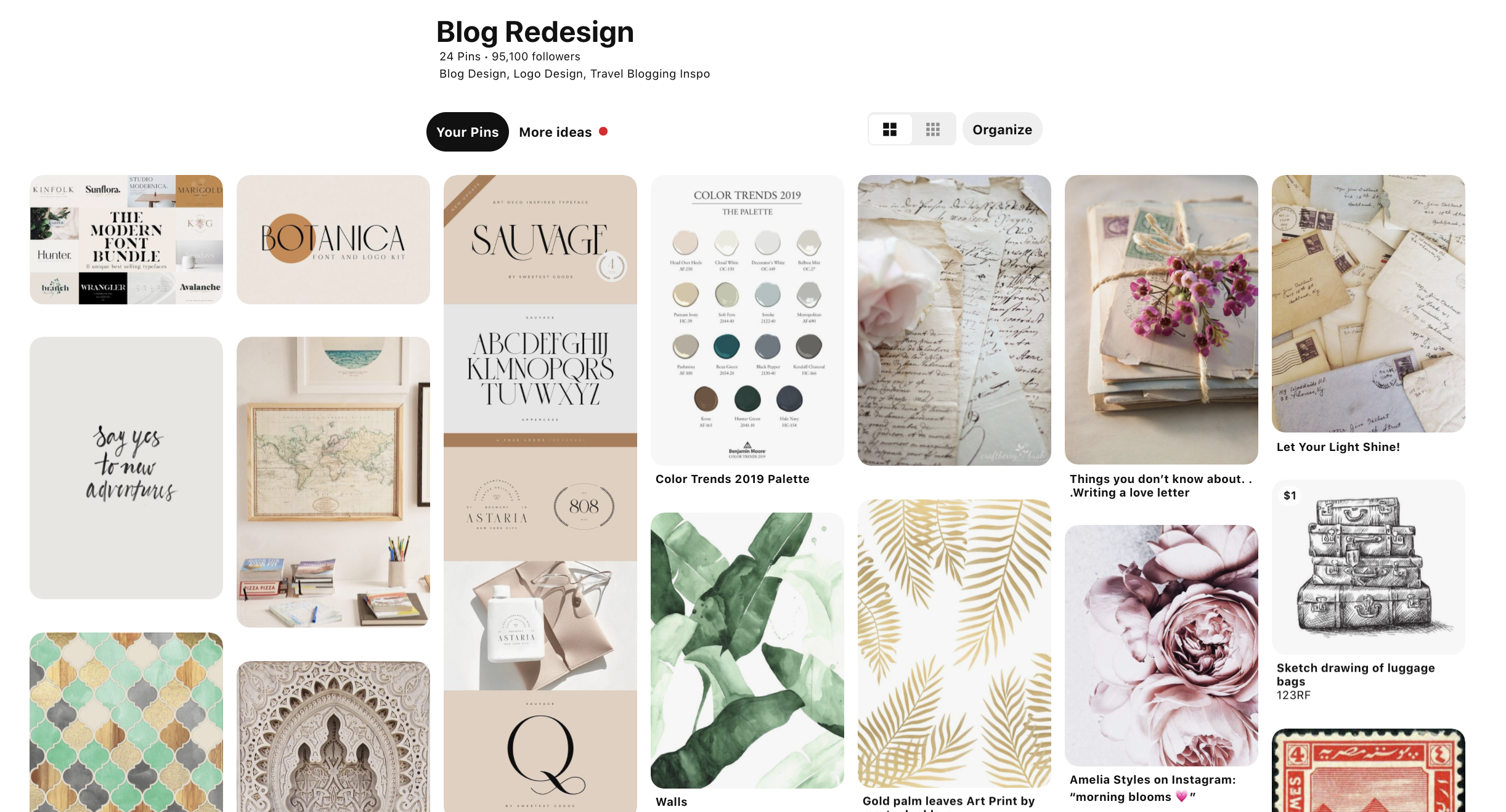




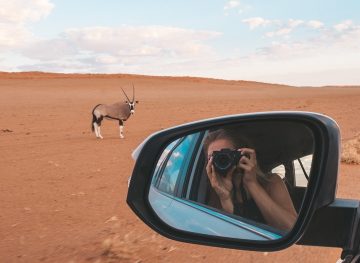



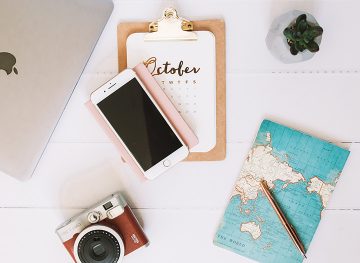
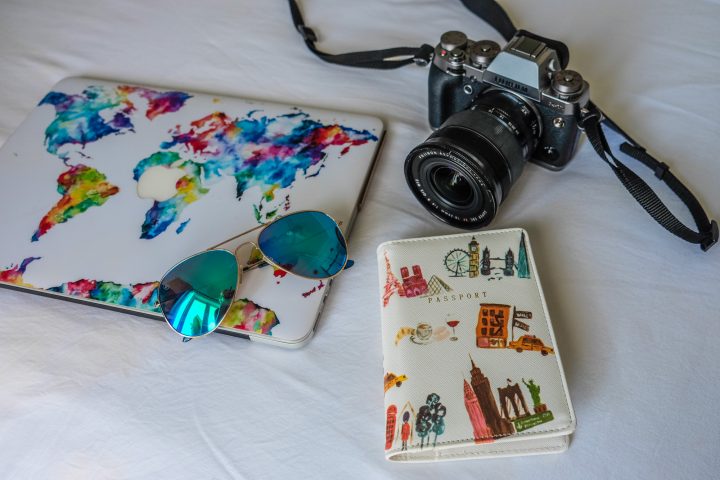




Your guide on starting a travel blog is incredibly thorough and insightful! The step-by-step approach, combined with personal insights, makes it an invaluable resource for anyone looking to enter the world of travel blogging. Especially appreciated the tips on customizing the site and SEO basics. It’s clear that your experience and success in the field are a testament to the effectiveness of these strategies. Thank you for sharing your knowledge!